Looking out over the Nile, we wondered what animals are resilient enough to live in the waters of Cairo? And what creatures reside in the cleaner parts of the river, such as Lake Nasser and the river south of the Aswan dam?
After some research, we came up with a list of aquatic animals that we had no idea live in Egypt’s sacred river. There aren’t any great white sharks, as claimed by a 9-year-old expert on Wiki-answers. But it turns out there are more reptiles than just the famous Nile crocodile, as well as some pretty ferocious fish.
Here’s what we came up with:
African Tigerfish
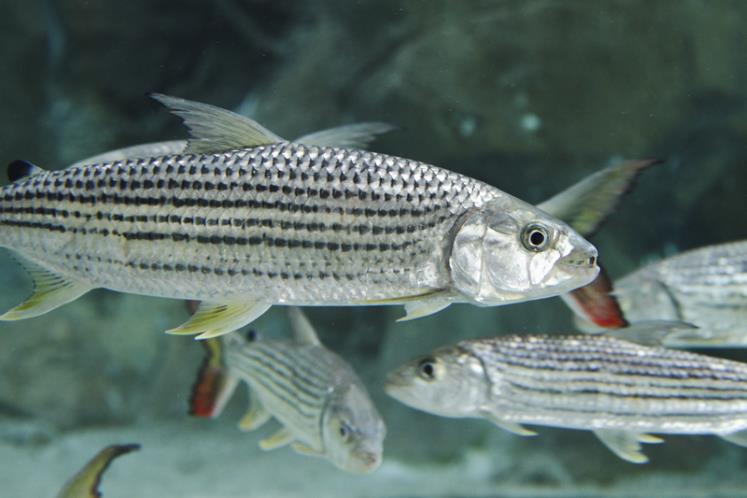
Known as the “piranha of Africa,” the giant tigerfish is one of several fish species that makes its home in the Nile. Their large, razor-like teeth and strong jaws make these fish vicious carnivores. Few attacks on humans have been reported but they appeared to be out of defensiveness rather than malice – just a few years ago a tigerfish bit a spearman in Kariba causing a gash that required 16 stitches. Although they tend to avoid people, tigerfish have been documented attacking animals as large as crocodiles.
Fun fact: If you think the Nile’s tigerfish are terrifying, just be glad the goliath tigerfish (the 1.5 meter long, 45 kg, razor-toothed giant African piranhas captured on the TV series RiverMonsters) have stayed South in the rivers of the Congo.
Mudfish (Clarias Anguillaris)
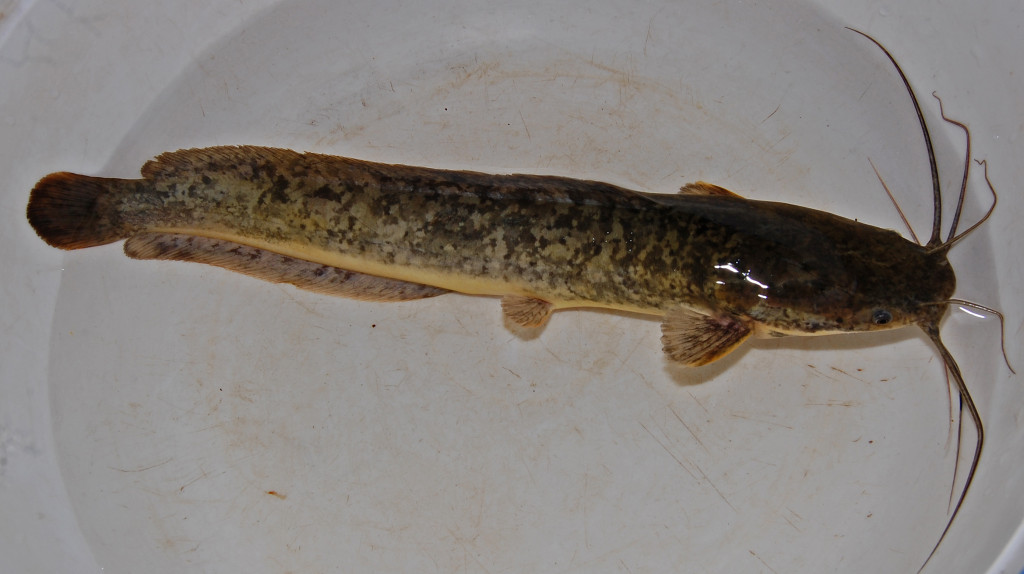
Also known as the eel catfish, the mudfish is one of the few fish species capable of living in the Upper Nile. Catfish, in general, are known for their resilience, making them more likely than other species to survive in rivers with high rates of water pollution and habitat destruction. But even with the mudfish’s unique ability to live in horrible conditions, you’d be lucky to spot one north of Lake Nasser.
Fun fact: No water? No problem. During drought periods, mudfish bury themselves in the mud where they can survive for several months using a metabolism-slowing process called “aestivation” (similar to hibernation).
Vundu Catfish
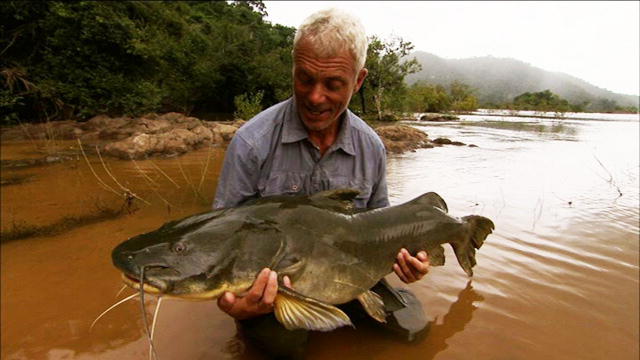
Okay, so maybe it’s not so surprising that catfish are one of the more common species in the Nile. As bottom feeders, they can live on literally just about any kind of diet…including garbage.
The Vundu catfish, a fish of many names across many countries, can grow up to 130 kg. Its long, slender and muscular body is powerful enough to pull a full-grown man to the bottom of a river (and yes, this has happened to fisherman in the Nile causing several deaths).
Fun fact: Vundu catfish have air-breathing capabilities that enable it to survive out of water for extended periods of time.
Marbled lungfish
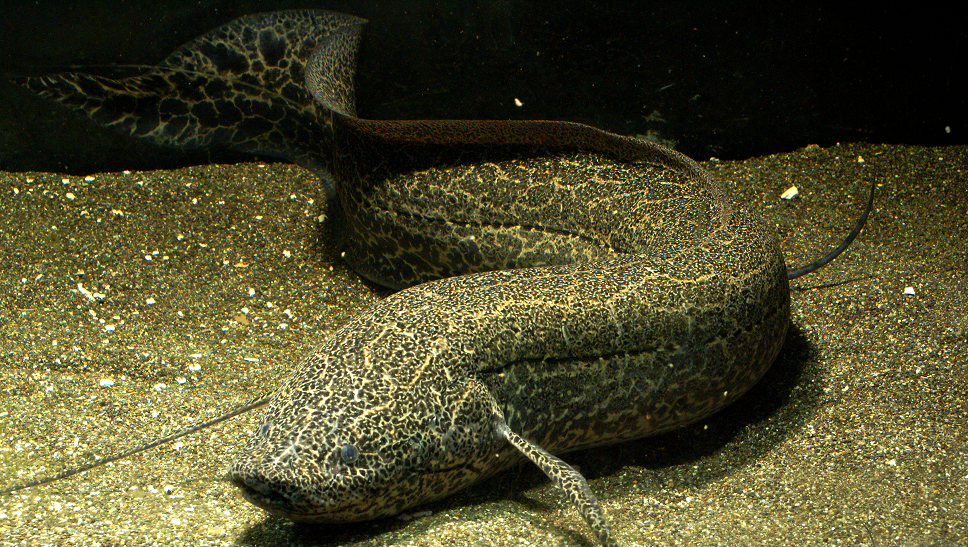
Also known as salamanderfish due to their slender bodies and primitive leg-like fins, lungfish are unique to other fish because they possess lungs. Like mudfish, marbled lungfish can survive droughts by burying themselves underground. They’re also known for having incredibly long lifespans (a Queensland lungfish has been living at the Shedd Aquarium at Chicago since 1933).
Fun fact: The marbled lungfish has the largest genome of any known vertebrate on the planet, with 133 billion base pairs!
African knifefish
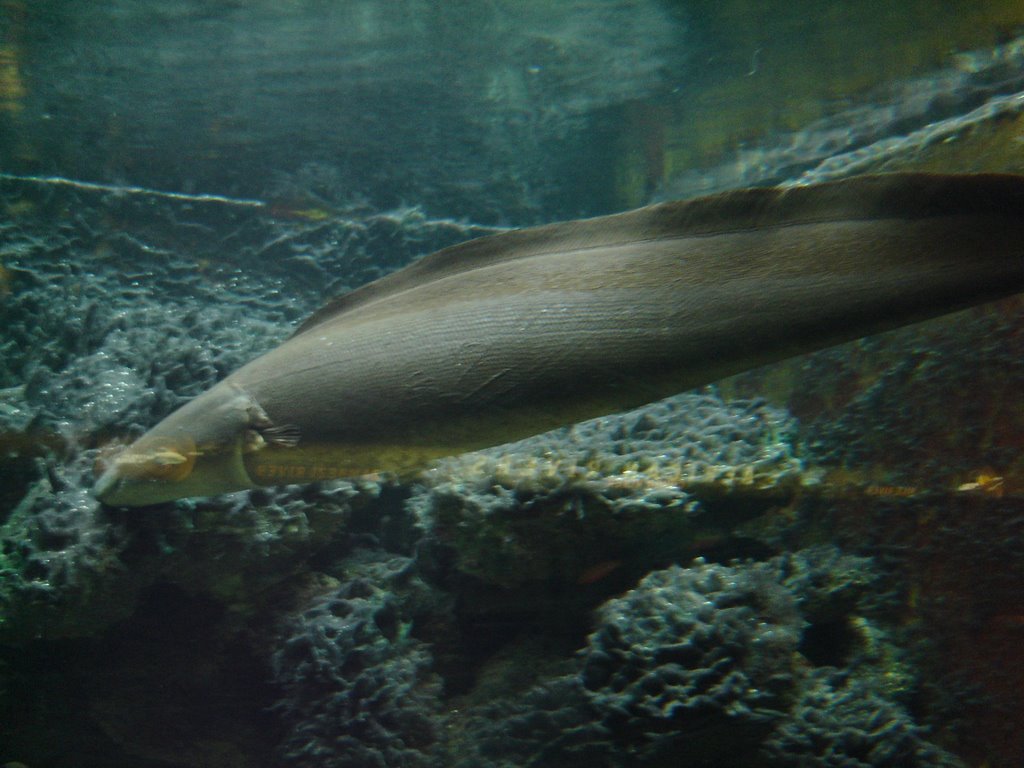
Found on the vegetated edges of the Nile basin, the African knifefish resembles an electric eel and possesses similar (but weaker) electrifying capabilities. Its body, which can reach a length of up to one meter, is surrounded by a small, symmetrical electric field used to sense surrounding environments and for stunning prey.
The African knifefish is wired to viciously attack anything that disturbs its electric field.
Fun fact: If two African knifefish swim too close to each other, their electric fields will collide and distort their sense of surroundings, making them confused and debilitated.
Nile perch
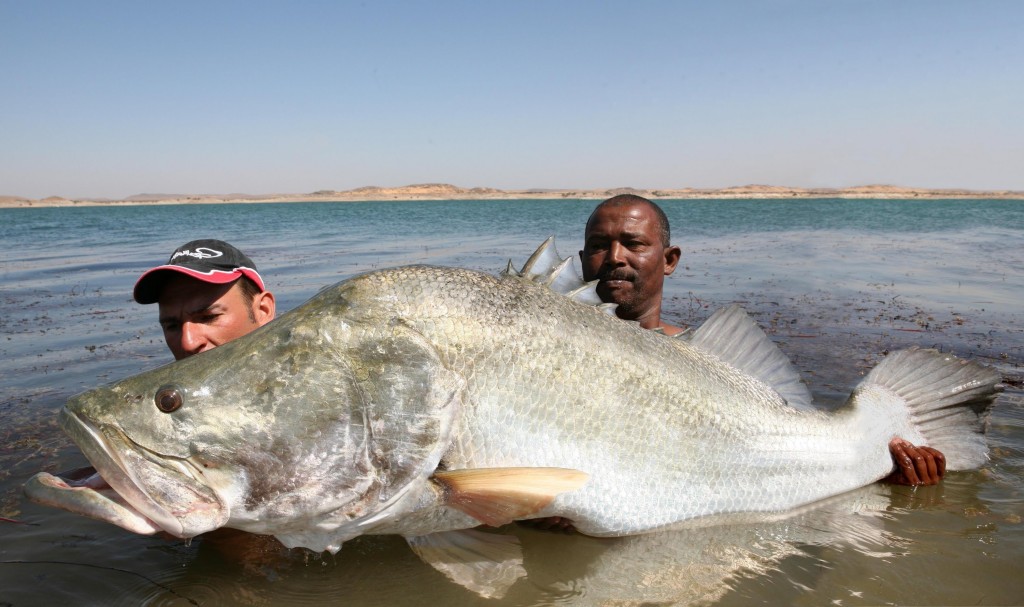
The Nile perch is one of the largest freshwater fish found in the world. Reaching up to 2m long and 200kg, these beasts are easily the largest fish found in the Nile. They require highly oxygenated water, limiting their range to deep, less-polluted bodies of water such as Lake Nasser.
Fun fact: Nile perch are aggressive predators and known cannibals.
African softshell turtle
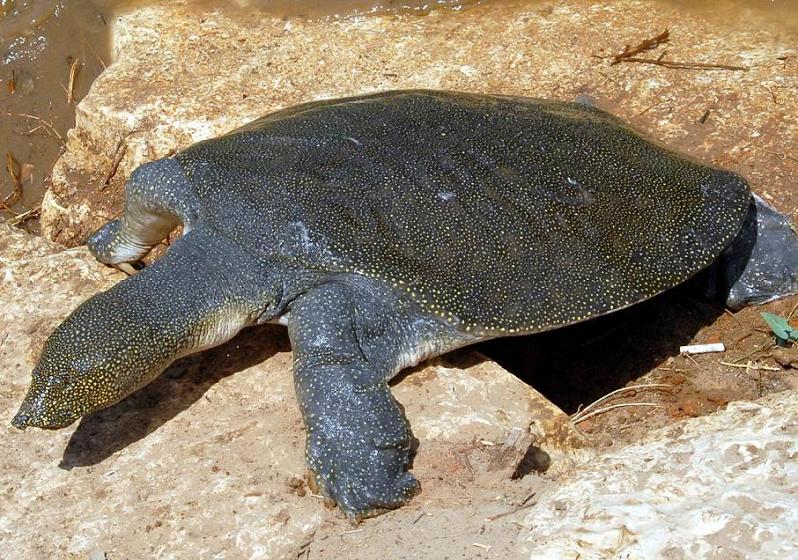
African softshell turtles are found along the Nile in areas with sandy, smooth bottoms. They are highly adaptable and able to live in salty, brackish and fresh water habitats.
Fun fact: These funky looking reptiles are able to stay submerged for ridiculously long time periods due to an underwater breathing mechanism that allows them to inhale 70% of necessary oxygen through their skin.
Nile monitor
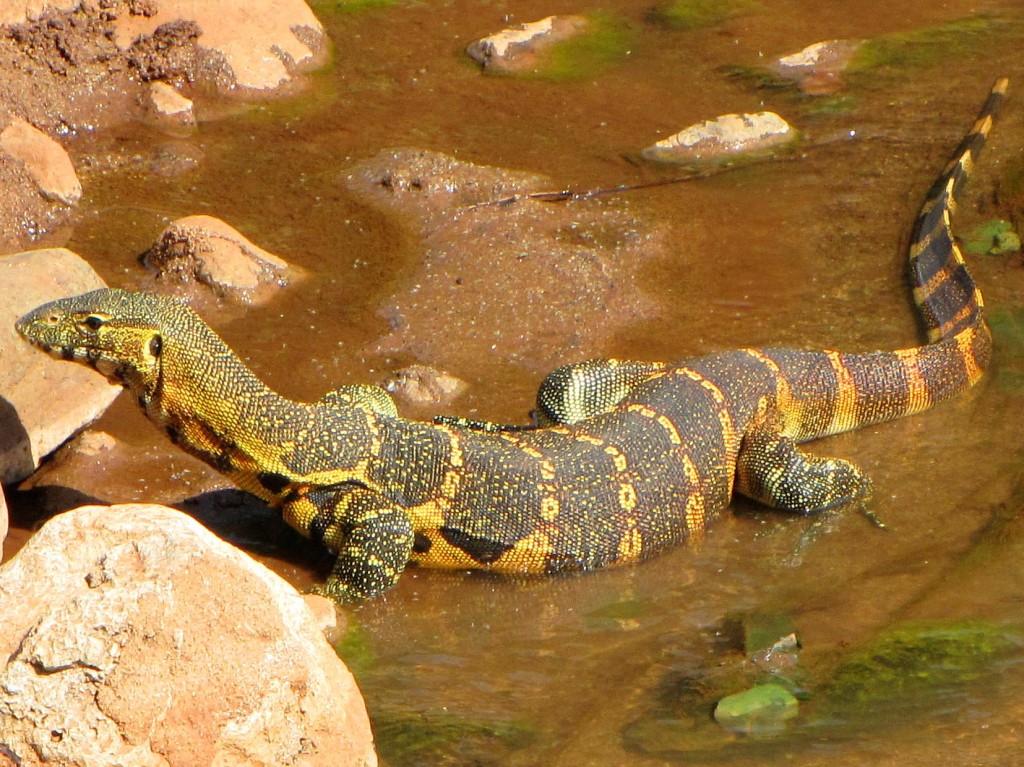
Nile monitors are the second largest reptile in the Nile next to the Nile crocodile, growing as long as 2.1 m and as large as 15 kg. However, they’re not quite as ferocious as they look and their favorite meal is not children but rather Nile crocodile eggs.
Fun fact: Nile monitors are the closest living relatives of the mosasaur, a sea dinosaur that went extinct 65 million years ago.
African Shoebill
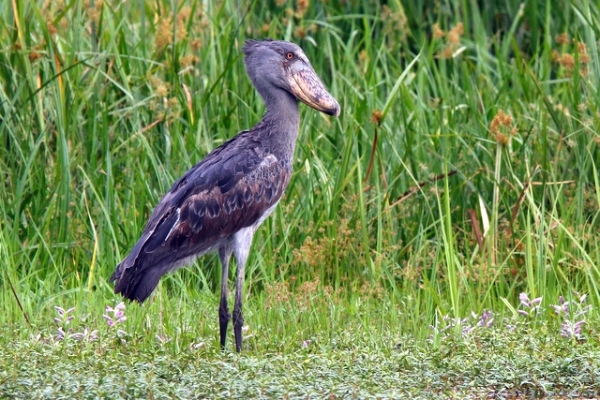
These odd-looking birds are often called “monster” birds by scientists due to their prehistoric appearance. They’re also called “whaleheads” and “shoe-billed storks.” At 1.4 meters tall, these birds are related to the giant Goliath bird of Egypt’s Oligocene era. You won’t find them in Egypt anymore, but you can find them hanging out together on (and around) the Nile in Sudan.
Fun fact: The shoebill behavior of “siblicide” observed in chicks, where siblings aggressively attack and kill each other, has been studied extensively by scientists.
African sacred ibis
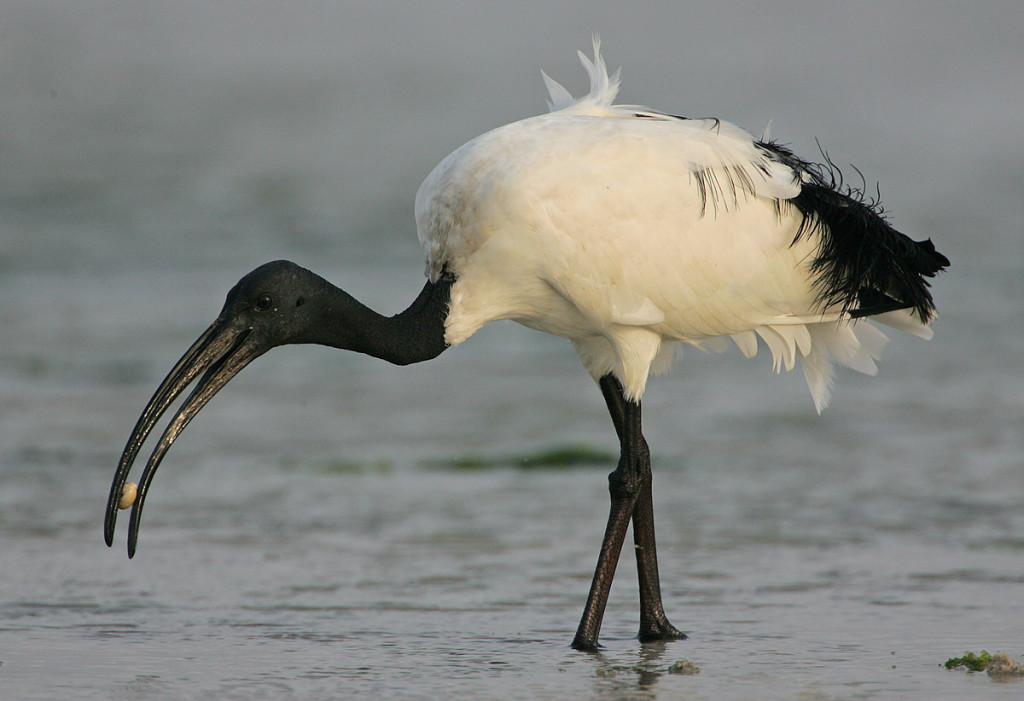
In ancient Egypt, the African sacred ibis was venerated (and mummified) as a symbol of the deity Thoth, who played an important role in stabilizing the universe. Troth was often depicted with the head of a sacred ibis. These days, sacred ibises are found commonly wading in the Nile and have been introduced to countries around the world including France, Italy, Spain and the US.
Fun fact: According to mythology, the sacrifice of a sacred ibis could exterminate plagues of disease-bearing flies.
African common toad
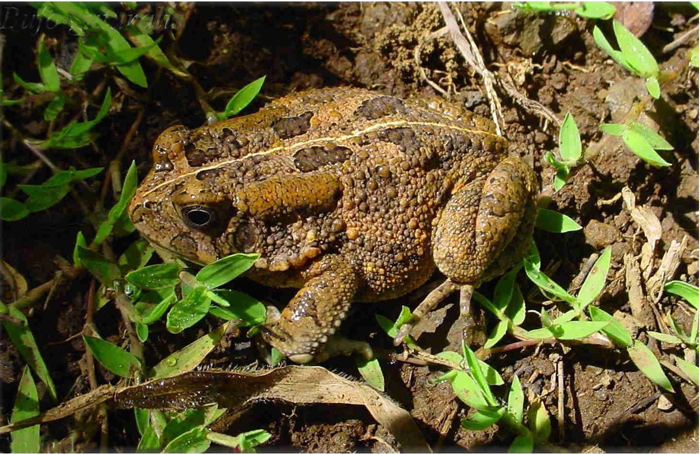
African common toads are native to Egypt and found in basically any habitable area with a permanent water source. They’re often kept as pets and captured for sale in the international pet market (getting exported to places like Europe, Canada and the US).
Fun fact: We know it’s tempting but you should never kiss a toad because 1.) they live in the Nile 2.) all toads are toxic and 3.) Prince Charming only exists in Disney movies.
Nile tilapia
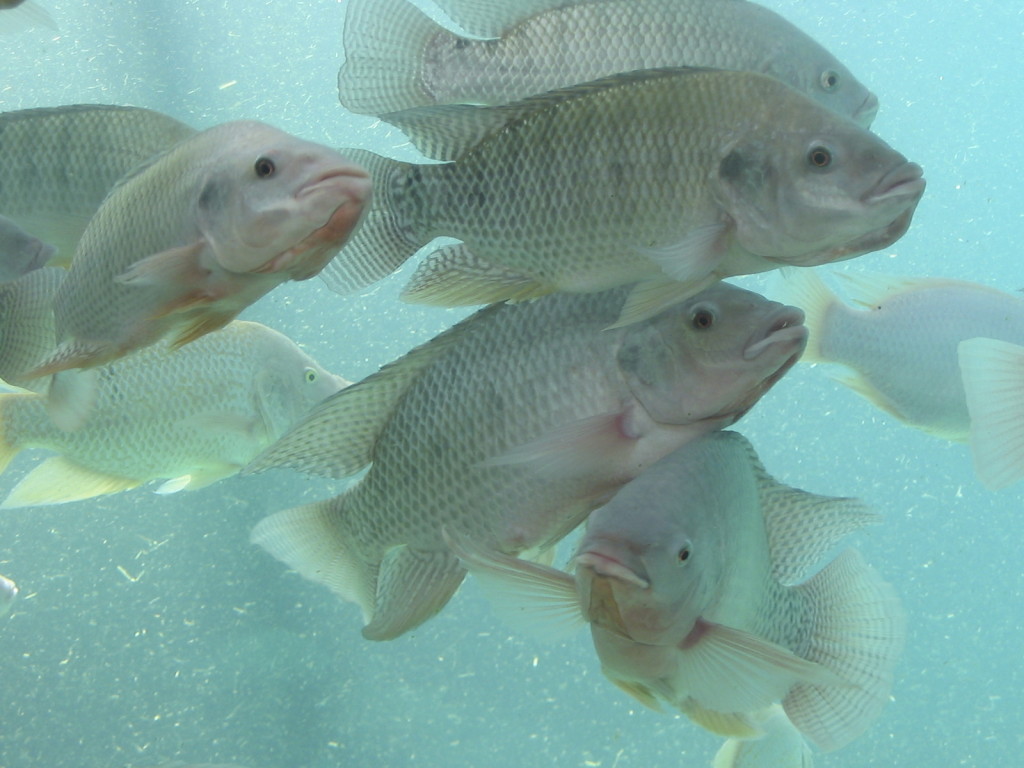
Reaching up to 9.5kg, Nile tilapia are extremely resilient fish that can live in brackish water and survive in waters with ridiculous ranges in temperature (between 8 and 42 degrees C). Because mosquito larvae is a huge staple in their diet, Nile tilapia have been used as a way to fight malaria in countries like Kenya where there are high rates of the mosquito-borne disease.
Fun fact: Nile tilapia is a highly patriarchal species, with males getting privilege when it comes to feeding and breeding.
Dice water snake

Found in northern Egypt (in the Nile Delta as well as the lower Nile Valley), this highly aquatic, nonvenemous snake’s range has expanded since the construction of the Aswan Dam. They can also be found near the Suez Canal area and Fayoum. While relatively common, its numbers have declined over the past few years due to habitat destruction.
Fun fact: Hate snakes? You should probably steer clear of the Nile – there are up to 10 venomous snakes that live in the Nile River valley habitat.
Egyptian goose

Thought of as sacred by ancient Egyptians (no they didn’t just love cats – turns out they had an affection for birds, too), Egyptian geese are indigenous to other parts of Africa but were brought to Egypt by the ancient Egyptians where they were bred for food. Escaped domestic birds established feral colonies along the Nile, which have grown into today’s population.
Fun fact: In order to impress females during mating season, male Egyptian geese show their availability by honking and engaging in “neck stretching” and feather displays.


